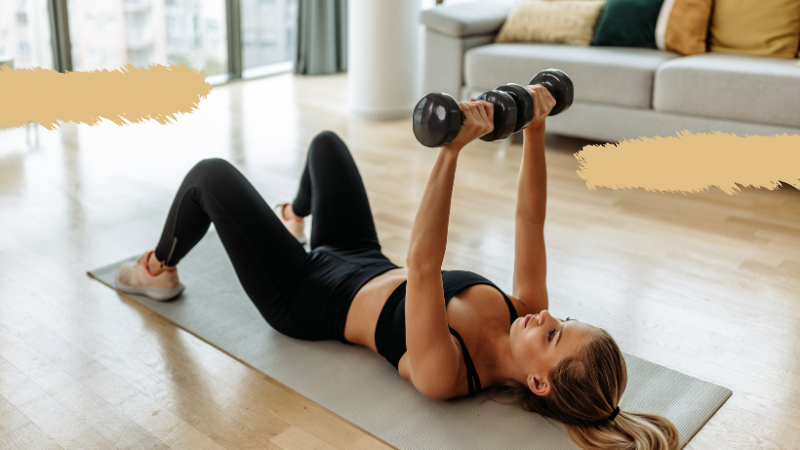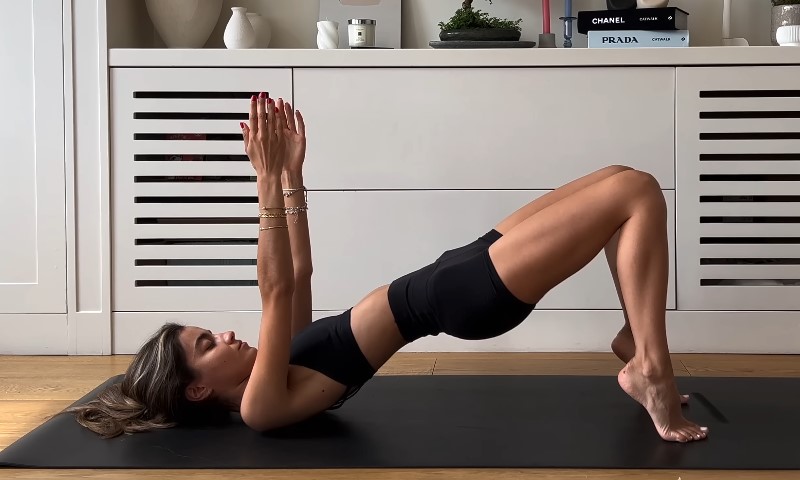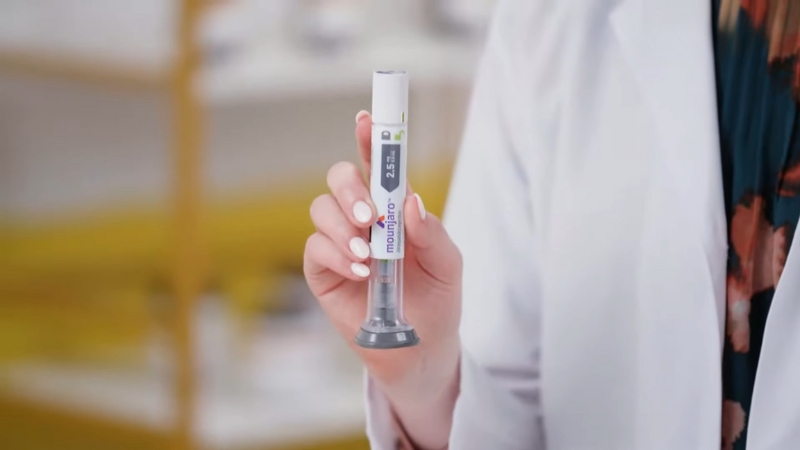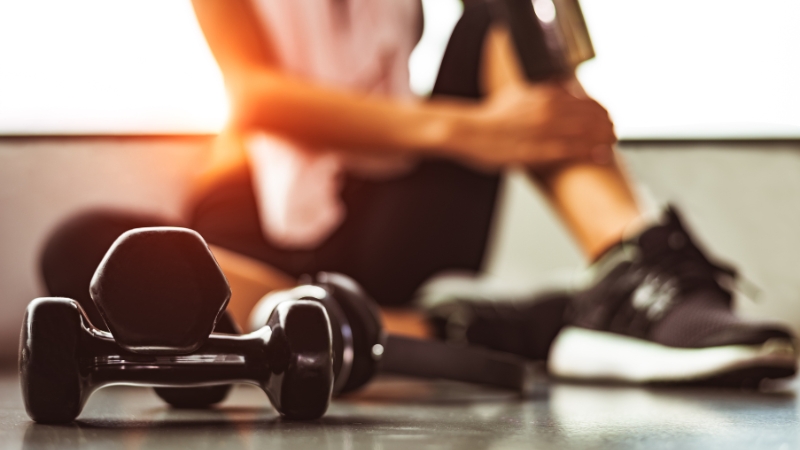
Share Post:
Ever wonder why exercise doesn’t make the highlight reel in many addiction treatment programs? It’s quite the oversight, considering how beneficial physical activity can be for those in recovery. In this post, we’ll explore why this essential component often misses out on the attention it deserves and advocate for its broader inclusion in treatment strategies.
Table of Contents
ToggleThe Disconnect Between Exercise and Addiction Recovery

Typically, addiction treatment programs zero in on psychological healing—intensive therapy sessions, peer support groups, and medication-assisted treatments dominate the regimen. These elements are undoubtedly crucial in addressing the mental and emotional challenges of recovery.
Yet, this focus can sometimes lead to the neglect of physical health, which is equally essential.
For those interested in exploring a program that balances these aspects, luxetreatmentcenter.com offers resources and insights into integrating physical exercise with traditional treatment methods.
The Misconception of Exercise Needs

However, with the right supervision and a carefully designed exercise plan, even those in the early stages of recovery can benefit from physical activity.
How Exercise Helps

Boosting Brain Chemistry
Exercise elevates endorphin levels, the body’s natural painkillers that also boost mood. This endorphin rush can create a natural high that mimics the feelings drugs provide but in a healthy and sustainable way.
Rebuilding and Repairing
Engaging in regular exercise helps repair the body and improve overall physical health, which can be severely affected by long-term substance abuse.
Also, physical activities, especially those requiring coordination and focus, enhance cognitive functions. They can lead to better decision-making processes and clearer thinking, which are crucial for individuals recovering from addiction.
Why Isn’t Exercise a Staple in Treatment Plans?

Funding and Focus
These components are vital, but this allocation of resources sometimes leads to underfunding for supplementary treatments like exercise programs.
There’s also a tendency to prioritize immediate symptom management over long-term health strategies, which includes physical fitness.
Knowledge and Training
There’s often a significant gap in training regarding the integration of exercise into recovery programs. Many professionals in the addiction treatment field are not fully informed about the benefits of exercise in supporting recovery.
Without adequate knowledge and training, it’s challenging for these professionals to recommend and implement exercise as part of a comprehensive treatment plan.
Long-Term Benefits of Exercise in Recovery
Sustaining Recovery
Incorporating exercise into a recovery program isn’t just about addressing immediate health concerns; it’s also about building a sustainable, healthy lifestyle. Regular physical activity can become a long-term habit, providing ongoing benefits that extend far beyond the initial recovery phase.
Adapting to Life Transitions
As individuals progress in their recovery journey, exercise can play a critical role in helping them adapt to life’s changes and stresses. Physical activity is a healthy coping mechanism that can replace the negative coping mechanisms of addiction.
Whether facing daily stressors or significant life changes, individuals who maintain a regular exercise regimen are better equipped to manage stress in a healthy way.
It’s Accessible and Inclusive

Whether it’s simple exercises like walking or more structured activities like team sports, there’s something for everyone.
This accessibility makes it a versatile tool in recovery, one that can be adjusted to fit the physical capabilities and recovery stages of each individual.
Community and Connection
- Exercise doesn’t just strengthen the body and mind; it also fosters a sense of community and social connection, which is pivotal in addiction recovery.
- Group exercises, such as team sports, group runs, or fitness classes, can create a supportive environment. This unity among participants can mimic the supportive dynamics found in group therapy, providing both motivation and accountability. When individuals work together towards common fitness goals, they build relationships based on healthy, shared activities rather than past addictive behaviors.
Enhancing Self-Esteem and Personal Achievement
Engaging in physical activities can significantly boost self-esteem and confidence, which are often eroded by the cycle of addiction.

Building a Routine
For many struggling with addiction, establishing a routine can provide significant benefits.
A routine helps instill a sense of structure and normalcy that might have been missing.
Exercise can be a key part of such routines, offering not just physical benefits but also helping to establish time management skills and self-discipline.
How Can We Incorporate Exercise into Treatment Plans?
Start Small
- Walking: Initiating recovery with simple walking exercises can be a gentle way to introduce activity into daily life. It’s low impact, can be done almost anywhere, and provides significant mental and physical benefits.
- Yoga: Yoga combines physical poses with breathing exercises and meditation, making it an ideal exercise for those in recovery. It supports physical flexibility, reduces stress, and promotes mental clarity.
Tailored Programs
Creating exercise programs that cater to the individual needs and conditions of those in recovery is essential. Personalized exercise regimens can be more effective, ensuring that the activities are both enjoyable and beneficial.
*By assessing individual needs, fitness professionals can craft routines that help in healing without causing harm or discouragement.
Final Thoughts
Exercise is frequently overlooked in addiction treatment plans due to misconceptions, lack of awareness, and a traditional focus on other therapeutic interventions. However, incorporating physical activity can enhance recovery in multifaceted ways, supporting both mental and physical health.
Related Posts:
- Save Money and Eat Well - Easy Budget Meal Prep…
- How Regular Exercise Can Prevent Back Problems As You Age
- Can Exercise Replace Antidepressants? Benefits of Workouts
- Leg Pain After Exercise - Is It Normal or a Red Flag?
- Fitness Motivation for Busy People - How to Make…
- Tips for Maintaining an Exercise Routine as a Nurse














